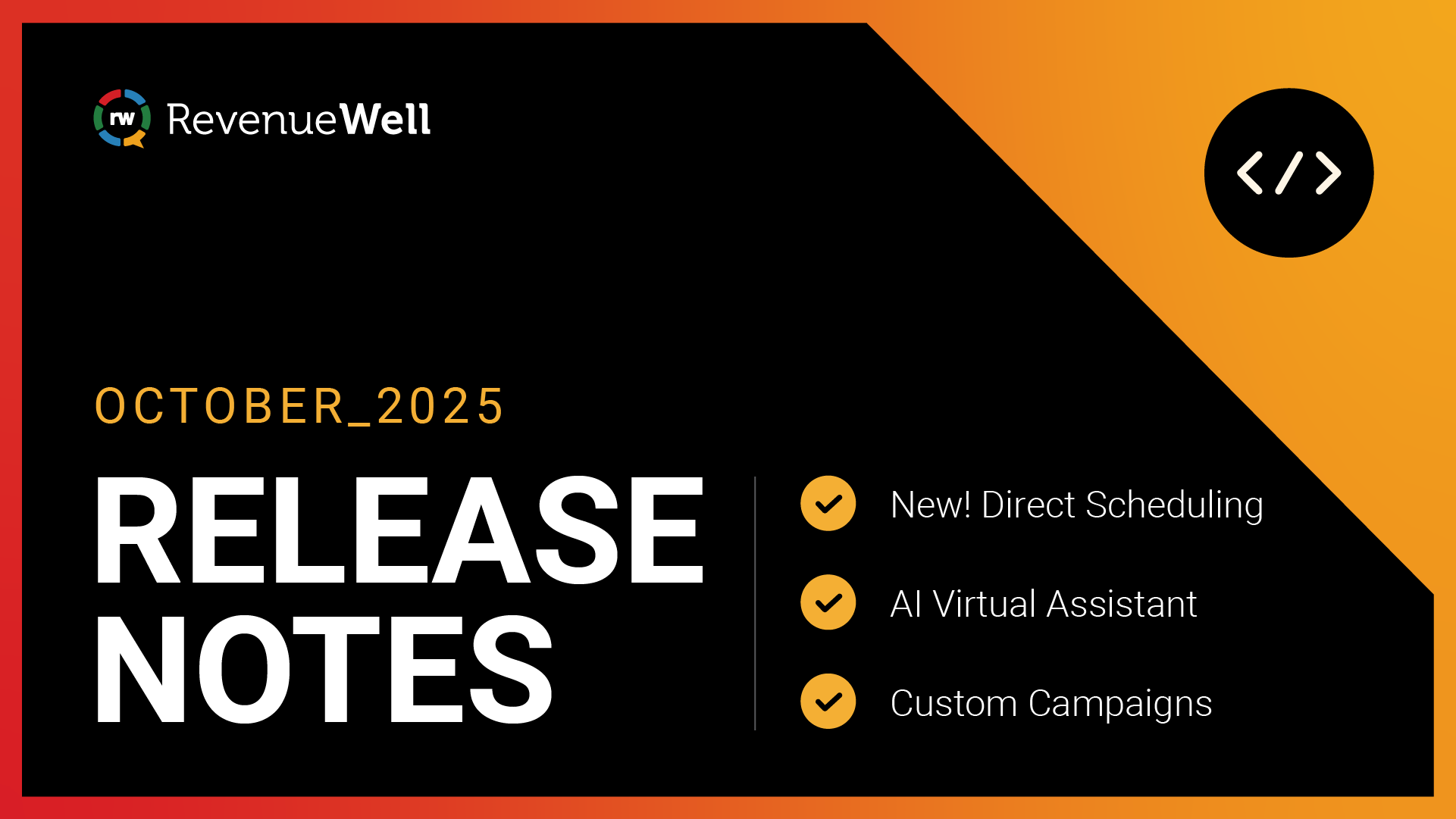Dental billing and patient collections: 7 ways to get paid faster
.jpg)
It’s that time in your workday again – doing dental billing and patient collections. No matter how many times you do it or have been working in dental billing, there’s usually a handful of emotions that come with collections. It ranges from stress to frustration to empathy. On the one hand, you understand the cost of care is a sensitive subject with patients. You’ve probably experienced how stressful it can be to pay for oral care or another type of care. On the other hand, you also know how important it is to collect payments on time and in full. After all, getting paid is part of what keeps the practice running and ensures you and your team get paid, like any job. It’s a tricky process to navigate. In fact, 88% of dentists are concerned with patients’ ability to pay.
If this area of your work is painful, then it’s worth evaluating your dental billing and patient collections process. This includes how simple it is for patients to pay to how you and your team do billing and collections.
In this post, we’ll share 7 tasks that might be making billing and collections a nightmare for you and your patients and some tactical ways to improve them. These changes will help you get paid faster and maintain a strong and trusting relationship with patients.
1. You don’t have a well-defined process for collecting and verifying the insurance prior to their appointment.
Understandably, the insurance piece of the billing process is complicated. Depending on your practice, you verify insurance manually or even outsource it to a third-party. Either way, it’s easy to make errors in this area. Unfortunately, those genuine mistakes can have a serious impact on patient retention and your practice’s reputation.
Try this: Create an insurance verification checklist to help your team collect and verify the patient's information in a methodical way. Use an insurance verification tool to improve accuracy and save time.
If you choose to verify insurance in house, then have a step-by-step checklist handy so nothing slips through the cracks. This document will empower your team to confidently handle this important piece of their job. Plus, they’ll be more prepared to let the patient know what services are covered in their plan, co-pays, and the costs.
Consider implementing an insurance verification tool to reduce the burden of doing it manually and for better accuracy. This tool can predict how much insurance is going to cover which services the patient needs, what percentage does the plan cover, and what exceptions are there. If your practice doesn’t have the budget for a tool currently, then make it a point to verify the insurance at least 3-5 days in advance of the patient appointment. Give yourself plenty of time to gather and confirm the necessary information. Doing this ahead of time also gives you an idea of what their co-pay might be. You can collect the co-pays at the time of their appointment.
Whether you opt to do your insurance verification manually or with a tool, having a detailed and documented process for staff to use helps. Doing this task methodically displays professionalism and care for the patients. Patients will remember that when they receive the claim statement and less likely to be caught off guard when they open it.
2. You have a confusing and outdated payment policy.
Updating policies is tedious and an easy task to overlook when there’s more pressing work to do. But, having a convoluted payment policy can leave patients feeling irritated and question your practice’s credibility. Transparency is key for a trusting and long-lasting patient relationship.
Try this: Set a schedule to review your policy every quarter for clarity and accuracy. When your policy changes, update it as soon as possible and make sure it’s reflected everywhere you have it.
Your payment policy should outline some of the following: how you handle collections, when payment is due, what insurance you accept, what types of payment methods you accept, what happens if a patient has overdue balances, etc. Put your payment policy in visible and/or high traffic places so patients will have easy access to it. This can include your intake forms, website, patient portal, and in the lobby near the front desk.
Consider including your treatment costs and a cost estimation calculator on your website for prospective and current patients to use when evaluating practices.
3. You do collections manually.
If your collections process involves calling patients and mailing invoices, then it’s time to upgrade that process. It’s not unusual though. 78% of providers still use manual processes and paper for collections. You’re spending valuable time doing an essential task, but how you do it may be preventing your practice from getting paid on time. And if your patients have voiced complaints about not receiving invoices, then you’re probably not using their preferred channel.
Try this: Collections is one of the best processes to automate for you and your patients piece of mind. Many of your patients are used to receiving invoices by email or text. It’s what they’ve come to expect. So mailing an invoice is less effective and you run the risk of it getting lost in the mail. Just like the onus is on the patient to pay their bills. The practice owes it to the patient to ensure they’re using the channel a patient prefers. Some vendors offer automated collections with pre-made templates where you can tweak the copy to speed up this process.
4. Your collections communications aren’t clear.
The way you position these messages also matters. If your message is short, it comes across as cold and could upset your patients. If it’s wordy, your patients may not know what action they’re supposed to take. Finding the right balance can help you improve your chances of collecting on those balances.
Try this: Have a documented collections communication plan that includes what content and tone to use in your messages, how often to send them, what tools you’re using to manage it, and what your escalation plan looks like after 90 days.
Your content should include different messages. Each notice should include a clear overdue status, age of the balance, and the due date for it. Ideally, your CTA should take patients to an online payments solution where they can pay it immediately. Keep it easy for patients.
For the message tone, it should start off as friendly and direct. The closer you get to or past 90 days, then it’s reasonable to take a firmer tone in your communications. It’s also important to be clear about your escalation plan if they don’t pay their overdue balance. Setting those expectations can motivate patients to take action.
5. You have confusing invoice statements.
How often do patients call you to clarify their billing statement? Whether your practice does your billing and collections in house or outsources them, it can be maddening when a patient gets a bill that they don’t understand. At least 72% of people indicated they found medical bills confusing.
What if a third party does your billing? It’s not unusual for people to receive invoices from random companies because there are companies who disguise themselves as businesses or collectors to deceive people. If the patient doesn’t know to expect the billing to come from a third-party, then you run the risk of not getting paid.
Try this: If your practice uses a third-party for billing, then clearly communicate it in your payment policy and when you’re speaking with patients about treatment costs. If your patient knows who to expect the bill from, then they’re more likely to trust it and pay it on time. This reduces confusion and fosters a stronger patient-practice relationship.
6. Your team isn’t well trained on dental codes.
As mentioned earlier, insurance is complicated and so are the dental codes associated with it. Entering the wrong code accidentally can result in a patient potentially paying more than what was communicated to them and be on the receiving end of an angry patient. This can impact a patient’s view of your practice.
Try this: Invest in your team’s practice knowledge with frequent trainings and continuing education on coding procedures, code types, etc. This should be ongoing as it changes frequently. Educating your team will give them more confidence because you invested in them. And when your team is confident, then they’re less likely to make a mistake when they’re handling the billing piece. Depending on your staff and budget, if necessary, you can also work with a coding professional to minimize the chances of errors.
7. You don’t offer different payment methods.
Offering limited ways to pay for care will likely turn away patients. Not all patients have insurance, nor do they have the means to pay for services or can pay by credit card. While many practices have their ideal patients they want to bring to their practice, it’s better to try to be the practice that makes care more accessible to a community. And payment flexibility is one way to make your services more widely available.
Try this: To help ensure everyone has access better to care, consider offering third-party financing through partners like CareCredit and payment plans. Additionally, your practice can create a dental membership program for patients. These options make the cost of care less stressful. And something like a dental membership program can serve as an additional revenue stream as dental insurance plans continue to evolve.
Improving this process is an effective way to ensure you’ll get paid in a timelier way and preserve your relationship with patients. These are a handful of ways to make the billing and collections part of work more effortless. Billing and collections will continue to evolve as the dental industry evolves. It’s an area you can continually finetune for your team and patients' peace of mind and to stay profitable.
RevenueWell offers a variety of tools that reduce the busy work that front offices have by automating the most time-consuming admin tasks like collections. Some of our tools include automated collections, customizable campaigns with pre-made templates and content, online payments with an integration to CareCredit, and more. We make the complex simple with tools and integrations to power your workdays and improve efficiency so you can be more present with your patients.




